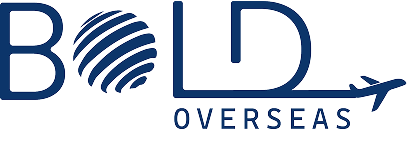Study in United States
From test prep to visa stamping, Bold Overseas has you covered.
- OVERVIEW
- TOP UNVERSITIES
- COURSES
- FINANCES
- ADMISSION
- VISA
- FAQ
study in US consultants in Hyderabad
The USA is still the best place for Indian students who want to study abroad to get a world-class education and job prospects around the world. The USA has more than simply great colleges and innovative programs. It also has a lively campus life and a chance to develop a successful worldwide career.
If you choose to study in US consultants in hyderabad, you’ll have access to programs that are known around the world in subjects like engineering, business, medicine, IT, and social sciences. In addition to schoolwork, the USA’s diverse culture and networking opportunities give students real-world experience, help them build important skills, and interact with leaders in their field. Flexible opportunities for internships and part-time jobs make students even more ready for their careers, making the USA a great place to study abroad.
However, managing university applications, scholarships, and the US student visa process can be tough without expert advice. Bold Overseas Consultancy, one of the best USA education consultants in Hyderabad, is quite important at this point. Bold Overseas is one of the best consultancies in Hyderabad for students who want to study in the US. They help students with everything from choosing the right university to filling out their applications, getting scholarships, getting their visas, and getting ready to go. Their knowledge assures a flawless, stress-free trip for pupils.
Indian students in Telangana and across the country benefit from partnering with Bold Overseas, a trusted USA consultancy in Hyderabad. Students can securely follow their ambition of studying in the USA with specialized advice based on their academic and career goals.
For individuals seeking reputable study in USA consultants in Hyderabad, Bold Overseas assures that the path to global education and job success is simple, seamless, and feasible.
Why the USA?
1. World‑Class Universities
- 4,000+ institutions, including Harvard, MIT & Stanford
- Degrees recognized by employers everywhere
2. Flexible Learning
- Choose—and even change—your major
- Blend coursework with hands‑on labs and research
3. Real‑World Experience
- On‑campus jobs, internships, co‑op placements
- Post‑graduation OPT (up to 3 years for STEM)
4. Life Beyond Class
- Multicultural campus communities
- Clubs, sports, events—find your tribe
5. Built‑In Support
- Orientation, academic advising, counselling
- International student offices to guide you
What to Expect: Fall, Spring & Summer Intakes
| Intake | Fall | Summer | Spring |
|---|---|---|---|
| When It Starts | Aug–Sept | Jan | May |
| Pros | Most programs (peak hiring) | Smaller classes (extra prep time) | Low competition (early start) |
| Cons | Most competition | Fewer course options | Limited programs |
| Deadlines | Nov–May | Sept–Oct | Varies (typically Feb–Apr) |
Step‑by‑Step Roadmap
Profile Check
GPA, test scores, finances
Bold Overseas Shortlist
Based on goals, budget, ROI
Exam Prep
IELTS/TOEFL/GRE coaching & mock tests
Applications
SOP, LORs, transcripts, visa docs
Visa Success
Mock interview, document review
Pre‑Departure
Housing, health check, orientation
Explore Top Universities in the USA
Discover globally ranked institutions offering cutting-edge programs, expert faculty, and vibrant campus life
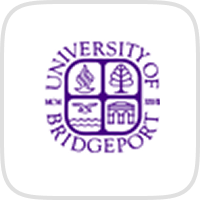
University of Bridgeport
- Bridgeport, US

University of Michigan Flint
- Flint, Michigan, U.S.
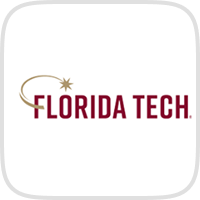
Florida Institute Of Technology
- Melbourne, FL
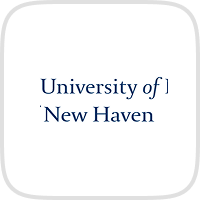
University of New Haven
- West Haven, USA.
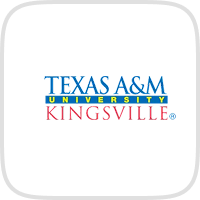
Texas A&M Kingsville
- Kingsville, TX
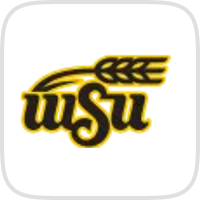
Wichita State University
- Kansas, US
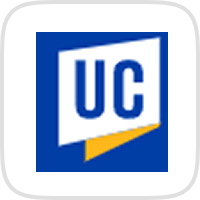
University of California Riverside
- California, USA
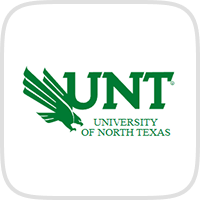
University of North Texas
- Denton, Texas

New Jersey Institute of Technology
- New Jersey, USA
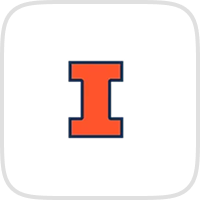
University of Illinois
- Champaign
Finances: Plan Your Investment in U.S.A Education
Get a clear picture of what it takes—tuition, living, and city‑specific costs—so you can budget confidently.
Cost of Education
1. Public Universities
- Undergrad: $8 k–$35 k /yr
- Master’s: $10 k–$35 k /yr
2. Private Universities
- Undergrad: $25 k–$55 k /yr
- Master’s: $22 k–$50 k /yr
3. Average by Program
- Bachelor’s: $20 k–$50 k /yr
- Master’s: $15 k–$40 k /yr
- MBA: Up to $70 k /yr
Cost of Living
1. Monthly Budget: $1 k–$1.5 k
2. Housing
- On‑campus: $9.8 k–$11.1 k /yr
- Off‑campus rent: $150–$4 500/mo
3. Essentials
- Utilities: $100–$150/mo
- Food: $250–$600/mo
- Transport: $50–$150/mo (public); $300–$700/mo (car)
4. Extras
- Health insurance: $700–$1 100/yr
- Entertainment: $80–$100/mo
- Phone & Internet: $95–$130/mo
Admission Process: Your Path to U.S. Universities
- Pro Tips
- Start 9–12 months before your intended intake.
- Apply early for scholarships and less competition.
- Check each university’s specific requirements online.
Visa Process & Requirements
To study in the U.S., international students must apply for an F-1 visa after gaining admission to a SEVP-approved institution. You’ll need to register with SEVIS (fee: $350) before scheduling your visa interview.
- You can apply up to 120 days before your course starts
- You may enter the U.S. no more than 30 days before classes begin
- Visa rules may change, so always stay updated on the latest guidelines
You’ll also need to book an appointment with the US embassy in your country for a visa interview. You’ll need the following items:
- your passport
- your visa application form
- financial documents.
FAQs
Why should I choose USA education consultants like Bold Overseas?
Choosing USA education consultants, like Bold Overseas, makes sure you get competent help every step of the way on your study abroad adventure. Bold Overseas helps you with everything from picking out universities to getting a visa, so your plan to study in the US goes smoothly and without stress.
What makes Bold Overseas the best consultancy for USA in Hyderabad?
Bold Overseas is the top consultant for USA in Hyderabad since it offers a wide range of services. They help students with their applications, scholarships, and visa paperwork, making sure that Indian students have the best chance of reaching their dream of studying in the US.
How can a USA consultancy in Hyderabad help with student visa applications?
Bold Overseas is a trusted USA consultancy in Hyderabad that helps students apply for visas step by step. They guide students on documentation, interview preparation, and compliance, making the process seamless for anyone planning to study in the USA.
Can studying in USA consultants in Hyderabad help me select the right university?
Yes, professional study in usa for indian students helps narrow down their choices of universities based on their academic record, career goals, and budget. With Bold Overseas, Indian students can be sure they are picking the right program to study in the US.
Are USA education consultants in Hyderabad useful for scholarship guidance?
Absolutely! Leading USA education consultants in Hyderabad, such as Bold Overseas, provide expert advice on scholarships, eligibility, and application strategies, increasing your chances to secure financial support while you study in the USA.
Book a 1 : 1 Call with our Expert on Studying Abroad!
- free experts assistance
- experienced counsellors
